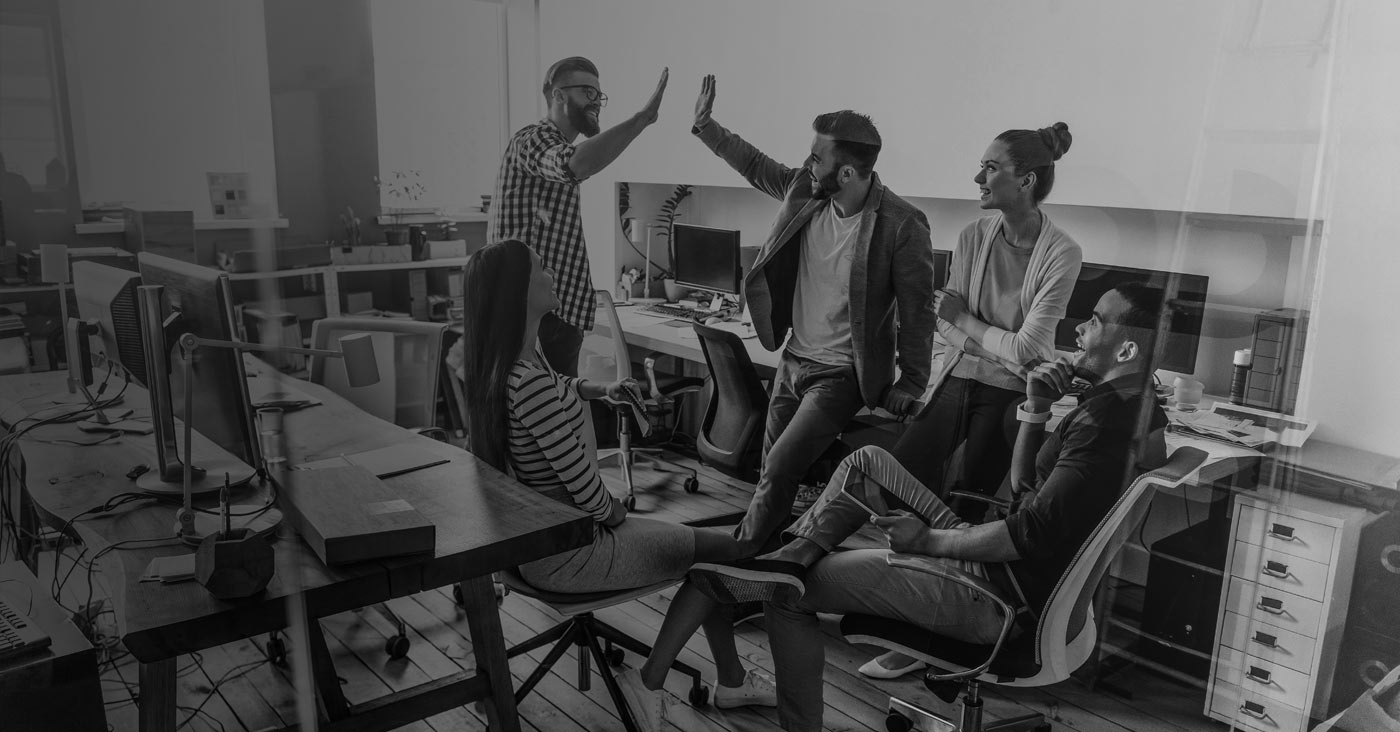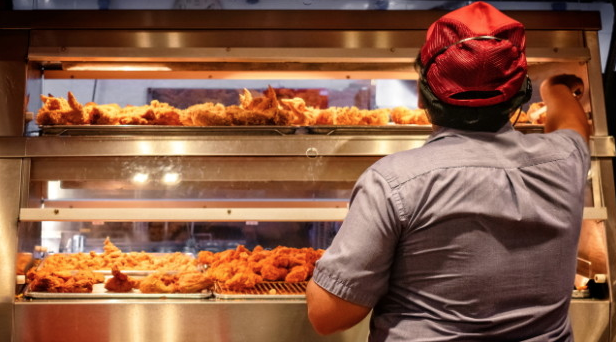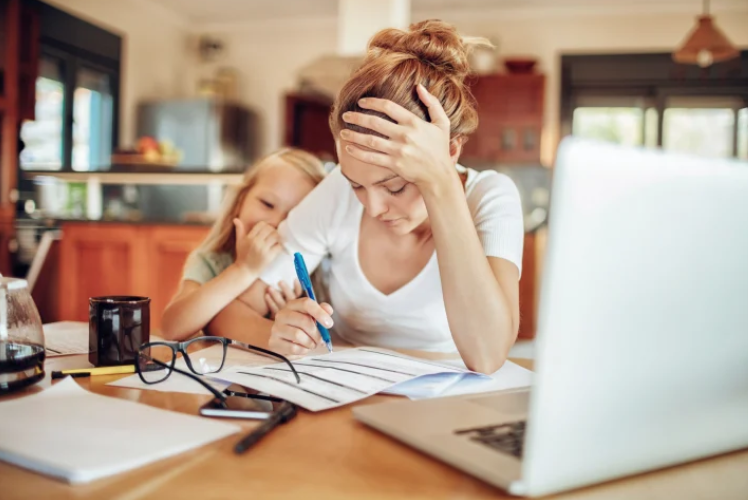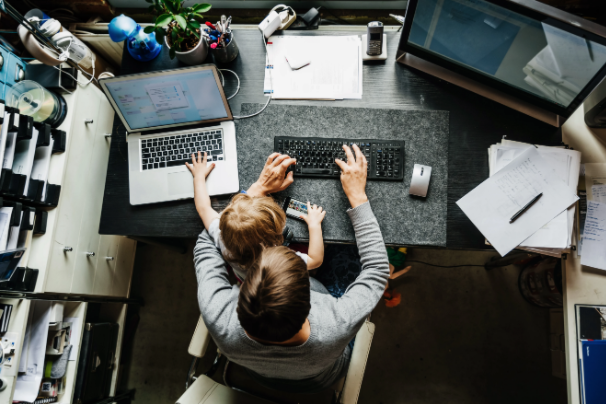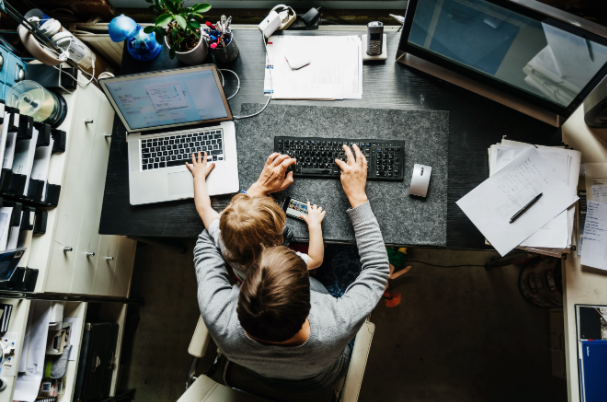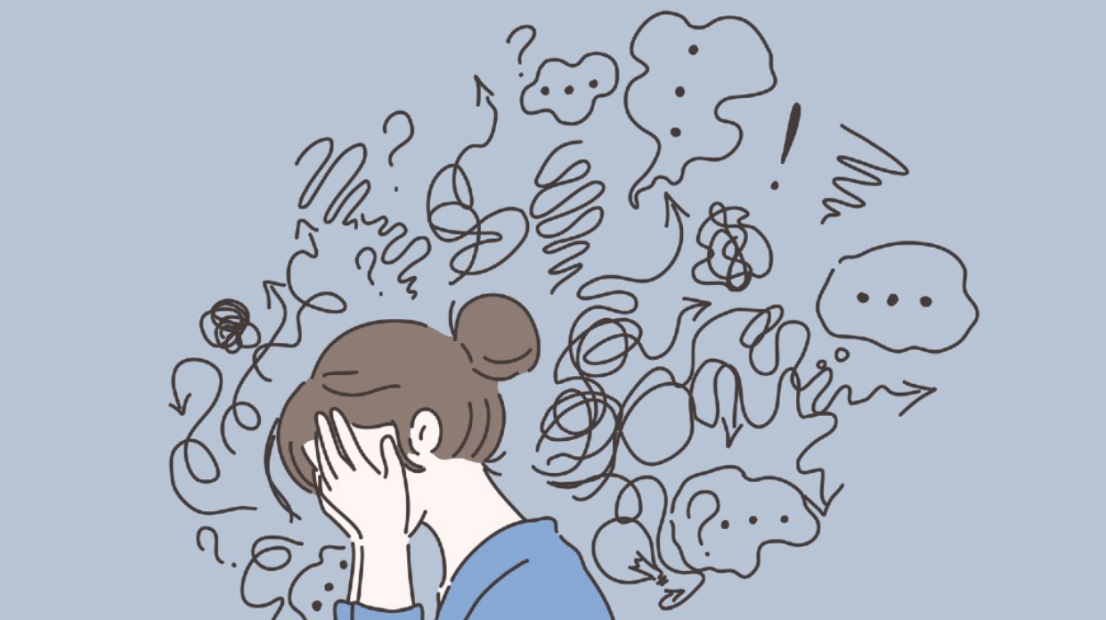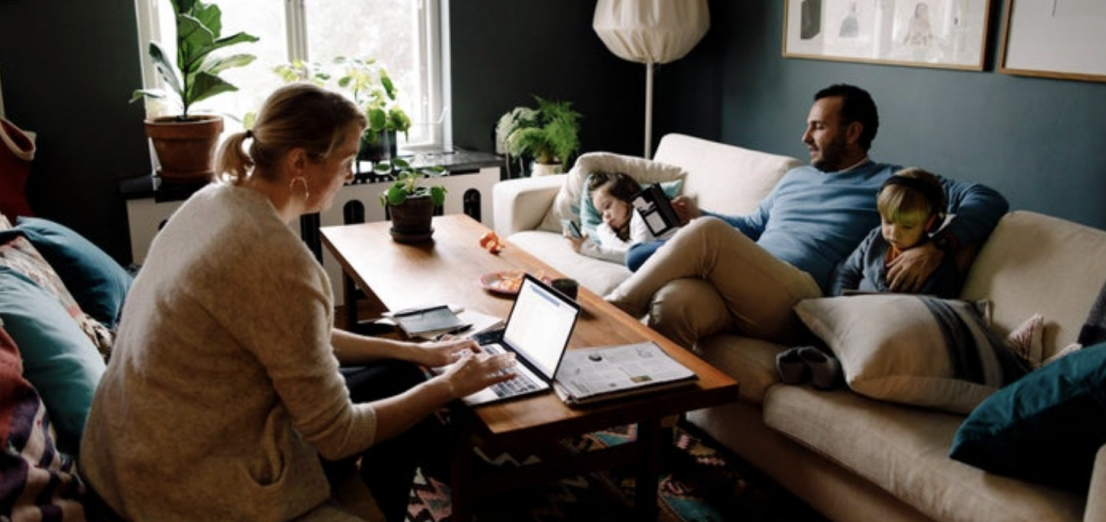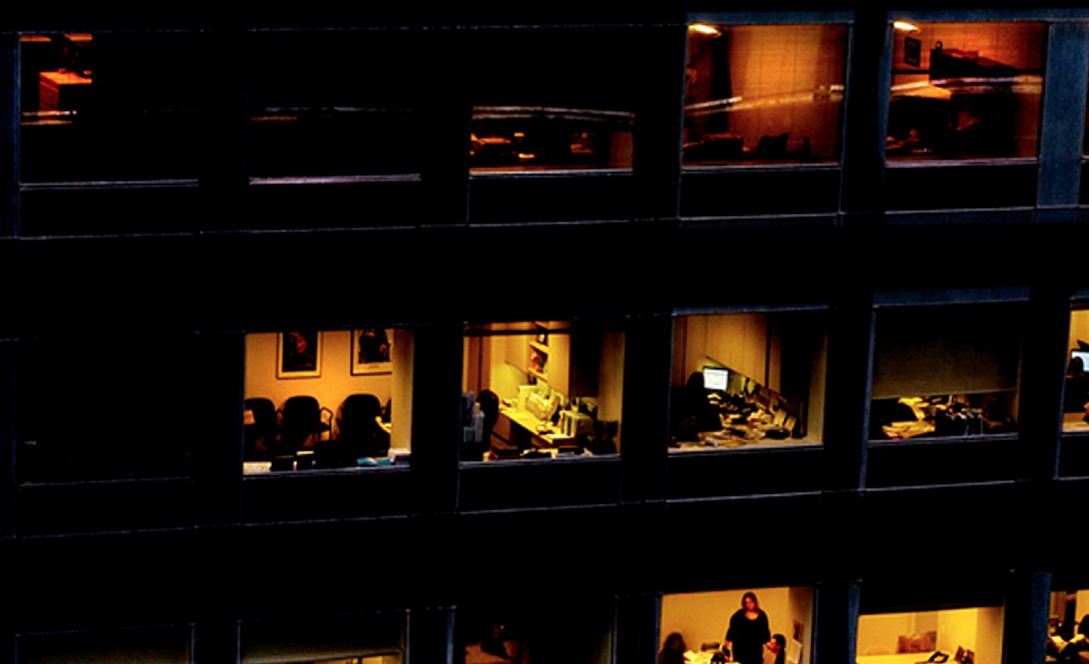
For most of this year we’ve been learning how to lead our lives in isolation. How do we get through that from a psychological perspective? And how do we unlearn it?
More than 200 years ago in the United States, Quakers championed solitary confinement as the humane alternative to corporal punishments such as flogging. The thought was that instead of being beaten, criminals would sit with themselves and reconnect with God. These days, solitary confinement is widely regarded as one of the worst punishments for prisoners. It’s psychological torture and is supposed to be reserved for those committing the most heinous of offences.
“We are born to be social,” says Dan Auerbach, an organisational psychology consultant at EmployeeAssistance.com.au. “We live in care for longer than any other species. We spend a good 18 years in the care of other adults, and we learn to rely on those social interactions. That need for connectedness lasts throughout our life.”
There is a vast difference between the isolation everyone has experienced due to the COVID-19 pandemic and the isolation imposed on prisoners. We’ve been able to enjoy some of the creature comforts of life – the view from a window, short trips outdoors and video calls with loved ones. And those of us with families or roommates weren’t so much as isolated but confined.
The conditions we’ve been living in are less than desirable, but (for most of us) are in no way dire. But even this form of confinement and isolation has changed us because it’s so far removed from what human beings are used to.
Life is almost back to normal in Australia now. We can have groups of people in our homes, we can head to the pub with friends and most of the services we enjoy are back up and running. While this will make the world of difference, we’re not out of the woods yet. A second wave of infections could be just around the corner, infected people will continue to be quarantined and vulnerable people will choose to remain in self-isolation. So how should organisations be dealing with a workforce experiencing the short-term and long-term psychological impacts of isolation?
Lonely brains
Feeling isolated affects the human brain in many different ways. It can cause negative shifts in our mood, it affects how we sleep, and it has even been linked with death and increased exposure to disease.
Expert in social neuroscience, the late John Cacioppo, formerly a director at University of Chicago’s Center for Cognitive and Social Neuroscience, studied the effects of isolation for decades. Much of his work was dedicated to differentiating between objective isolation and perceived isolation (loneliness). He found both to have significant impacts on physical and mental health, but the latter is far more damaging.
In a 2009 research paper, Cacioppo and co-author Louise Hawkley found that, when compared with the objective experience of isolation, the subjective experience of loneliness is a stronger predictor of changes in things such as life satisfaction, elevated blood pressure and peoples’ perception of their environment.
They point to other research which suggests loneliness is linked with a negative “lifetime change in IQ” and depressive symptoms, and it can even change gene expression.
In one experiment, Cacioppo and his team placed participants under hypnosis and made them feel lonely.
He talked through the results in a video for No Isolation, a Norwegian startup that creates communication tools to help combat loneliness and isolation. He said they proved that when you make someone feel lonely, they can become more depressed, shyer and hostile. They can also develop poorer social skills and a greater fear of negative evaluation.
“The effect of isolation on mortality is four times larger than obesity and it’s more prevalent,” says Cacioppo. “So when you think about obesity as a major health problem, think about felt isolation having four times the impact on your health.”
While this research suggests those feeling lonely are worse off than those of us who are simply frustrated from being confined indoors, what happens when there’s crossover? It’s very likely that many cases of objective isolation will lead to loneliness.
“Perhaps during isolation you feel you didn’t have the level of contact or support that you needed,” says Auerbach. “Or perhaps you lost the skills or confidence to connect with the people around you. Going back into the social environment could lead us to develop that sense of perceived isolation.”
He says it’s interesting to look at the reactions of infants and young people to isolation to better understand the adult experience.
“When they lose connection with somebody who’s caring for them, they become very distressed. There’s an outcry and eventually despondency and a collapse into a catatonic depression. Adults have other ways of coping and of masking what’s going on inside. But we often go through similar stages of feeling very, very frightened when we feel isolated – we’re clamoring for connection. And if we don’t get it for too long, we also become anxious and potentially depressed.
“When you think about obesity as a major health problem, think about felt isolation having four times the impact on your health.” –John Cacioppo
“Our primary motive in life is to seek a good, functional relationship. Quality connectedness with others is essential for good mental health.”
Expert isolator
Isolation experiences vary. Those who are more introverted are perhaps relishing the alone time. But for those who are struggling, what makes for a better isolation experience? There could be plenty of answers to a question like this – a strong Wi-Fi signal, living with others, easy access to essential services – but what stands out as particularly important is meaningful work. This is the opinion of Canadian Chris Hadfield, a former International Space Station astronaut.
There’s isolation, and there’s being locked inside a tube and hurtling through the emptiness of space for months at a time. Astronauts (and a selection of animals) are the only ones to know this feeling.
Hadfield says it’s a matter of perspective. From one point of view, our lives are much narrower than we care to believe. While being in isolation feels restrictive – and let’s be clear, it is – we already operate in a very limited portion of the world.
“You’ve not seen everything; you’ve not met everybody; you haven’t done everything. Even if you’ve travelled a lot, you have still only seen a tiny fraction of the huge variety of the world,” he says.
Hadfield has circled the planet from space about 2,600 times. When returning from his longest mission, his perspective was expanded both figuratively and literally.
“I got to be as far away from the little room I was born in as nearly anyone ever has. I was able to truly see the world for what it is. In that time, you get to see a perspective that becomes a part of you.”
Cultural and religious differences, which are often magnified on earth, fade away in space, he says. He returned to earth with an optimism about the “proven resilience” of both the planet and its inhabitants. He’s viewing the COVID-19 pandemic through this lens.
Things are abnormal right now, he says. “There’s this weird danger – a virus that no-one is immune to. It doesn’t matter if you’re Australian or an Intuit living in northern Canada, we’re all vulnerable to [the same thing] and that’s a weird position to be in. Everybody’s life is threatened… it’s like a creeping fog in a bad movie. That’s very unsettling.
“The beauty of it is, for one of those rare moments in history, the entire world has a common enemy. That means we can have a common purpose. That’s an immensely unifying thing,” he says.
Hadfield says he also returned from space with a new sense of time. That’s probably because he wasn’t up there laying around watching Netflix. He was engaging in rigorous scientific work. Doing that, he says, helped the hours, days and weeks to flow by seamlessly.
Of course, not everyone is lucky enough to have such meaningful work to do right now. Many Australians have been made redundant or their roles have shifted.
Hadfield’s advice to those people is to make your own work.
“Keep busy with a million things to do, but make a bunch of those things fun or voluntary, so you look forward to each day. When we did that right on the spaceship, one of us remarked after a couple of months that it’s always Monday or Friday. That’s because we bought into the level of busyness and we balanced the huge workload with a necessary amount of ‘me time’ and sleep.”
Auerbach says that while work might play a role in helping some people get through periods of isolation, in Hadfield’s case, isolation was in the job description.
“If you’re an astronaut, part of your role expectation is to cope well in that environment. That’s part of your sense of meaning. In this pandemic, we’ve been thrust into isolation without choice and without it being part of our core identity,” says Auerbach.
For those of us who haven’t trained for decades to survive long periods of isolation, like Hadfield has, Auerbach says it’s important we ease ourselves back in slowly.
“In a crisis, people rally and become quite focused on trying to cope.” – Dan Auerbach
Unlearning isolation
Speaking generally, the clients Auerbach has seen tended to follow a similar pattern in their response to the restrictions. There was an initial sense of fear and panic in the thought of having to prepare for isolation, followed by a brief feeling of novelty in getting to slow down and try a new way of living. When the shine wore off, it was followed by a few weeks of frustration, despondency and hopelessness.
Now, he says, many people are emerging out the other end with a sense of acceptance for this new normal. But what happens when the ‘old normal’ reasserts itself? When workplaces reopen, employees will have to readjust and perhaps unlearn the behaviours they’ve developed over the last few months.
People might come back to work feeling less motivated, anxious or perhaps even depressed. They might struggle to work with others around them. Managers might notice a drop in the quality of their work. They might be more irritable than usual or have trouble meeting their deadlines. Workplaces need to ease staff back in, because isolation can cause aftershocks.
“When we’re depressed or socially anxious, we find it hard to reach out and be with other people,” says Auerbach. “That can deepen this sense of perceived isolation. This can spiral unless we slowly reconnect ourselves and practice getting reconnected with others.”
Even though we’ve been working in the comfort of our own homes, we may come back quite burnt out. Not just because of the impacts of living and working through a crisis, but also because of how we’ve learned to communicate with each other.
“Ironically, because of all the communication we’re having on Zoom and Skype, we’re getting very close to [our co-workers] on a face-to-face level, which isn’t very normal in a social interaction,” says Auerbach.
“We don’t stare at each other constantly when we are in a group of four people. People are feeling a little burnt out from the hyper-stimulating interactions.”
People are saying we’re dealing with two crises at the moment: the physical health impacts of the virus and the economic fallout. However, some experts suggest there’s a third tier that we should be equally concerned about – the mental health impacts.
“In a crisis, people rally and become quite focused on trying to cope,” says Auerbach.
“It’s not until the immediate threat is gone that we start to see the most profound mental health effects. We know that from looking at situations like SARS, siege scenarios and war zones. When our mind is vigilant, it’s operating on a very narrow focus around how to survive. When comfort returns to life, we see other emotions come forward for processing.”
This is a completely normal response, he says.
“We might see some people being less social, or having a change in mood. Managers, friends and peers need to be prepared for how to manage mental health concerns that won’t raise their heads until people emerge from isolation.”
Many workplaces have seen a positive shift in dialogue around mental health during the pandemic, and HR managers should keep an eye on whether or not this changes as we go back to work.
Employers also need to expand their bubble of care as staff trickle back into the workplace. While an employee’s wages might not have been cut, perhaps their partner’s have been, says Auerbach. Their individual mental health might appear to be okay, but their children could be struggling. These external factors will affect staff, employers need to be prepared for that.
Returning to Hadfield’s experience, if we think of ourselves as astronauts, and our family and co-workers as crew mates, what are we doing to make sure our mission runs smoothly? What are we doing to ensure we emerge from this situation changed for the better?
Hadfield says we’re operating in unprecedented times, and people need a plan. “On landing day, you want to be able to stand up next to your ship and say, ‘That was an amazing experience. We survived. We thrived. I learned a bunch of things and I saw stuff I’d never seen before.’”

